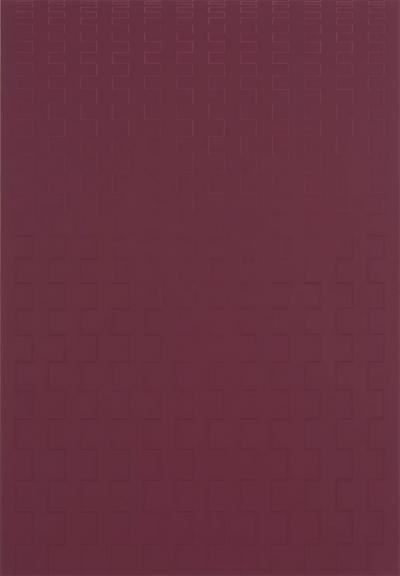Across the Generations. Polish Art in Marl 6th March to 12th June 2016
Mediathek Sorted




![ill. 5: Alina Szapocznikow: Fajrant [At the End of the Working Day] ill. 5: Alina Szapocznikow: Fajrant [At the End of the Working Day] - Rubber glove, polyester, brush. 26 x 18 x 15 cm, Museum Jerke, Bochum.](/sites/default/files/styles/width_100_tiles/public/assets/images/5_alina_szapocznikow.jpg?itok=I4t5lqAF)


























According to Georg Elben, the selection of younger artists primarily conformed with the ideas of the Marl Museum with regard to sculpture, video and sound art. Marlena Kudlicka, born in 1973 in Tomaszów Lubelski and now resident in Berlin, was already represented in the Museum’s exhibition project “Skulptur 2015”. In early 2016 she had a solo exhibition as part of the project “Breslau – Berlin 2016 European Neighbours” in the Museum of Contemporary Art in Breslau (Muzeum Współczesne Wrocław). She is a graduate of the Art Academy in Posen (Akademia Sztuk Pięknych w Poznaniu) and her room installations, sculptures and wall collages stand in the tradition of Constructivism and the concrete poetry of Stanisław Dróżdż (1939-2009). In her installation “the weight of 8” (2013) – it was loaned to the Marl exhibition from the Żak|Branicka gallery – the typographic collage which runs along the wall is linked to a three-dimensional graphic drawing made of metal rods stretched across the room (ill. 21).
Paweł Książek was born in Andrychów in 1973, the same year as Marlena Kudlicka. Most of his works in the exhibition were paintings but there was also one video loop. After studying at the Academy of Art in Kraków and receiving a DAAD grant to study at the Hochschule für Gestaltung in Offenbach am Main, he now lives and works in Kraków. Like Sasnal he uses photographs, films, found objects, music and material from the internet in his paintings, and thereby can be basically understood as a media artist. He invests the most significant part of his work in researching iconographic motifs, which he then transposes into classically, technically sophisticated pictures from the school of realism. The exhibition showed some of his paintings and the video loop based on “room constructions” made by the Russian avant-garde artist, Alexander Rodtschenko (1891-1956) between 1918 and 1921 which (apart from one example in the Museum of Modern Art in New York), are only known today from historic photographs and sketchbooks (ill. 22, 23). In addition there was also a series of female portraits which Książek anonymizes as numbered “Figures”, all of which avoid eye contact with the viewer (ill. 24).
Eye-catching sculptures and graphic works by Natalia Stachon (*1976 in Kattowitz) featured at the start of the exhibition. Stachon, who studied at the Hochschule für bildende Künste in Hamburg and the Hochschule für Gestaltung and Kunst in Zürich, now lives and works in Berlin. Since 2015 she has been a teacher at the HfbK in Hamburg. She too sees her roots in the visionary spatial concepts of the Russian and Polish avant-garde in the 1920s, which she pursues with the means of concrete art and minimal art. Like Kudlicka, Stachon mounted her works personally in the exhibition. Her sculptures (ill. 25, 26) work with spatial dimensions, architectural contexts and a rhythmic language of material forms, somewhat near to Minimal Art. Her photographically exact charcoal drawings (ill. 27) transform similar sculptural, spatial situations into mysterious everyday scenes.





















































































